Beef Rendang
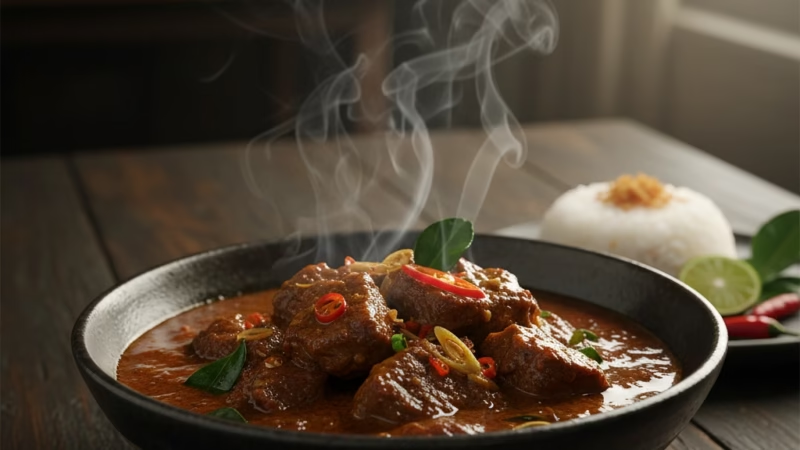
Malaysian Food
Beef Rendang
Origin
Minangkabau ethnic group, West Sumatra, Indonesia; popular across Malaysia, Singapore, and Brunei.
Category
Main Course / Meat Dish
Appearance
Dark brown to deep reddish-brown beef cubes coated in thick, rich, semi-dry or dry sauce with visible coconut residue and spice particles.
Ingredients
- Beef (chuck or brisket, cubed)
- Coconut milk
- Lemongrass
- Galangal and ginger
- Garlic and shallots
- Turmeric leaves (optional)
- Chili peppers
- Kaffir lime leaves
- Coriander, cumin, and other spices
- Tamarind paste or lime juice
Preparation
Slow-cooked beef simmered in a spice paste and coconut milk for several hours until tender, with sauce reduced to coat the beef.
Equipment
- Heavy-bottomed pot or wok
- Mortar and pestle or blender for spice paste
- Stirring spoon
Variations
- Rendang Padang: drier, caramelized coconut, richer taste
- Rendang Minang: slightly wetter with more spice
- Modern adaptations: Instant pot or slow-cooker rendang
Taste
Savory, mildly sweet, spicy, and richly aromatic.
Texture
Tender, melt-in-the-mouth beef with slightly fibrous strands, coated in thick sauce.
Aroma
Fragrant combination of lemongrass, galangal, kaffir lime, chili, and slow-cooked coconut milk.
Sound
Gentle simmering during cooking; soft sizzling when frying the spice paste initially.
Cultural Significance
Served during festivals, weddings, and family gatherings; symbolizes patience and communal effort.
Symbolism
Represents tradition, skill, and cultural identity of Minangkabau people.
Regional Cuisine
Widely served in Indonesia, Malaysia, Singapore, and Brunei with regional spice variations.
Social Context
A dish of respect, hospitality, and celebration in households and restaurants alike.
Nutritional Information
- High in protein and fat
- Moderate in calories
- Vitamins and minerals from beef and spices
Health Benefits
- Protein-rich for muscle growth and energy
- Anti-inflammatory effects from turmeric, ginger, and chili
- Healthy fats from coconut milk in moderation
Dietary Restrictions
Not suitable for vegetarians or those avoiding beef or high-fat foods.
Allergens
Coconut, spices, and occasionally nuts if added.
Cost
Moderate to high, depending on beef quality and spices.
Production
Traditionally prepared in households or specialty restaurants; also available in packaged, ready-to-eat form.
Sustainability
Using local beef and organic spices supports sustainability; coconut-based sauces are eco-friendly.
Availability
Found in traditional Malaysian and Indonesian restaurants worldwide; available in supermarkets as packaged rendang.
History
Originated in Minangkabau culture as a preservation method for meat. Slow cooking prevents spoilage and enhances flavor; centuries-old culinary tradition.
Anecdotes
Minangkabau warriors reportedly carried rendang on long journeys because it lasted several days; now a symbol of celebration and culinary pride.
How to Prepare
- Blend spices into a paste.
- Brown beef in oil; add spice paste.
- Add coconut milk; simmer on low heat for several hours.
- Stir occasionally until sauce thickens and beef is tender.
- Serve with steamed rice or rice cakes (ketupat).
FAQ
Q: Can Rendang be frozen?
Yes, it freezes well and retains flavor.
Q: Can I adjust the spice level?
Absolutely; reduce or increase chili according to preference.
Q: Can I cook Rendang in a slow cooker?
Yes, cook on low for 6–8 hours for tender beef.


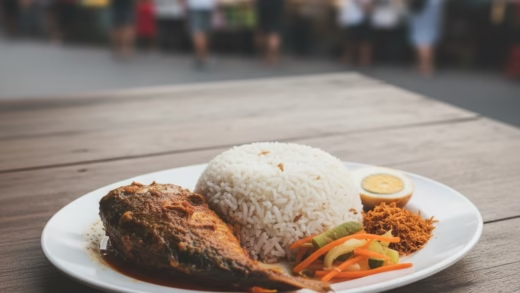





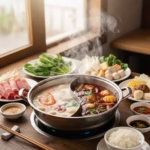
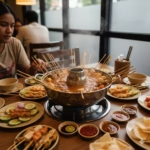
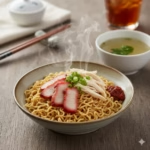

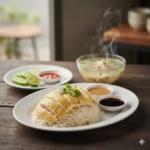


Comments are closed.